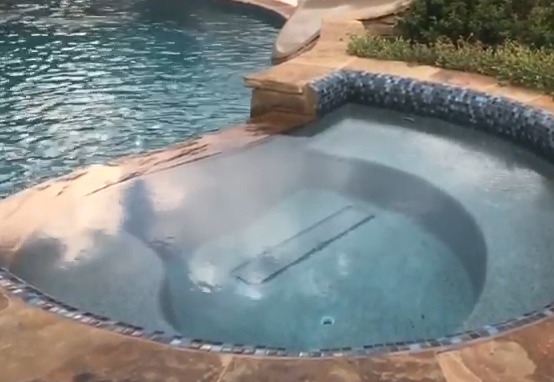spa design
For the past ten years or so, high-end designers and builders have focused extensively on hiding things that disrupt a viewer's visual pleasure or violate the clean lines and sleek surfaces they've lavished on their watershapes. This may be why you see so few diving boards and slides these days. It may also be a contributing factor in the speed
These days, using LED lights to illuminate rectangular or kidney-shaped pools is pretty simple: You just space the fixtures out at proper intervals on a wall facing away from prime viewing spots inside the house and on deck, specify the appropriate wattage, hook them up to a suitable control system and step back to bask in the warm nighttime glow. But that sense of routine quickly disappears when
For years, John Cohen has dedicated himself to meeting the needs of clients averse to using traditional sanitizers. As he reports in the first in a series of articles, his quest began with a narrow-minded 'expert' and has since pulled him toward a biologically inspired set of solutions.
Vanishing-edge walls have been a common design detail for the past 25-odd years and have been the subject of seminars and workshops almost as long as I can remember. Still, it's clear that there are several key points about how they should be designed and installed that elude watershapers who persist in treating these key structural components as little more than glorified in-pool spa dam walls or some other internal detail. You can probably
It happens only rarely, but every once in a while you run into a client who wants to do things out of sequence. Most often, we're asked to work on projects where there's an existing home that needs a watershape. Just as commonly, we're brought in when a home is being built at the same time as a new pool and its associated environment. In the case described in this article, however, our client owned a 20-acre site with little more than
Pentair Commercial (Sanford, NC) has introduced the ETi 400, a high-efficiency heater that uses a…



















